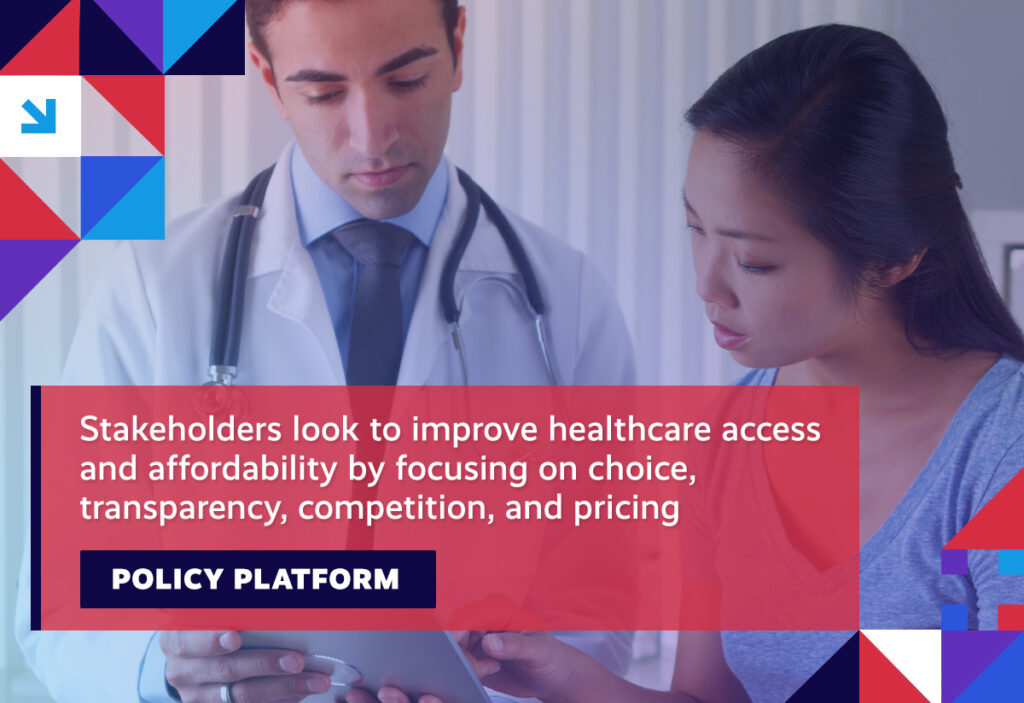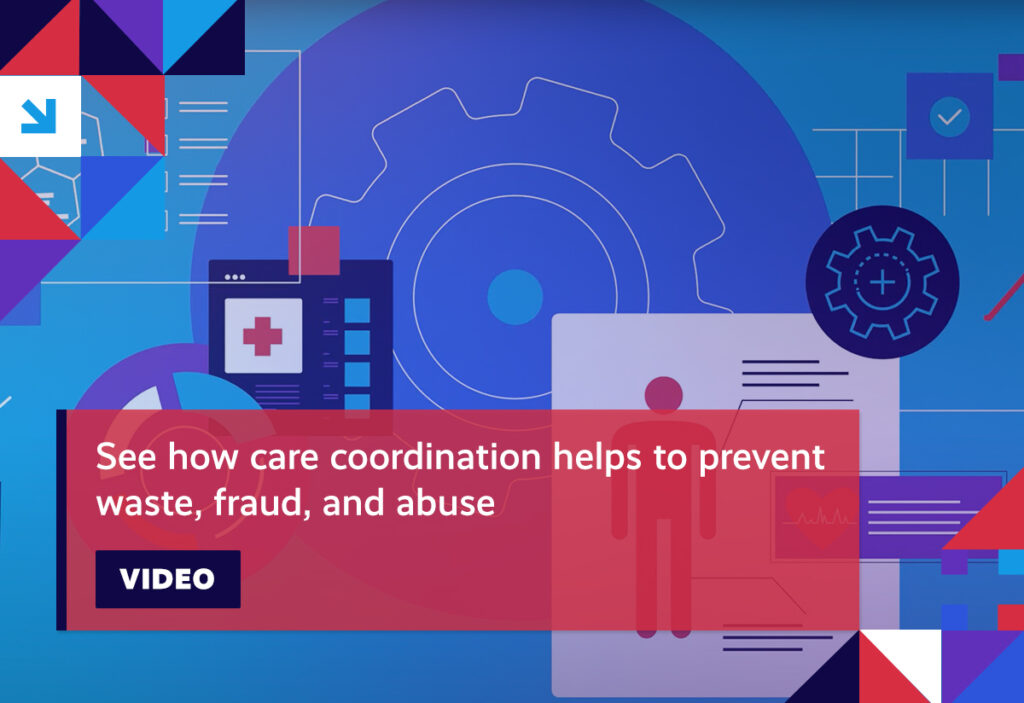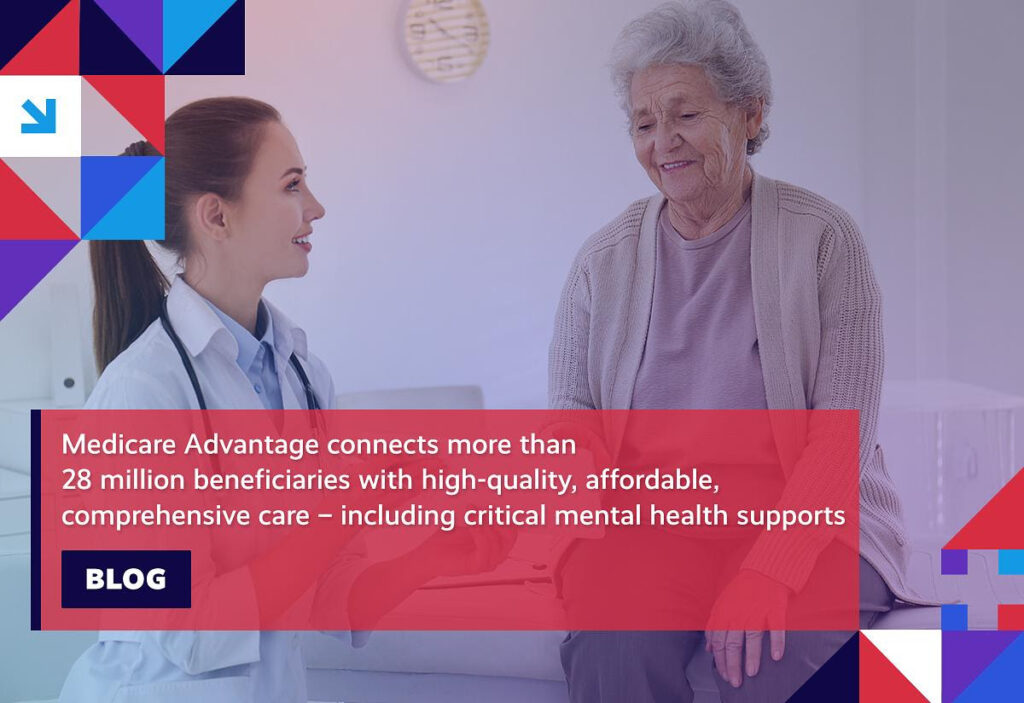A new study reinforces the link between hospital prices and market share; unnecessary care is found to have persisted during the pandemic; stakeholders continue to urge for full implementation of consumer surprise medical billing protections; and, Medicare spending on prescription drugs outpaces R&D costs.
We encourage you to stay involved as implementation efforts surrounding healthcare reform progress. Visit the Health Action Network and be sure to let us know what’s on your mind.
Item of the Week

Week in Review
Hospital Prices: According to the results of a new study, health plans paid hospitals over 200 percent more than what Medicare paid for those same services. The data, released by RAND, shows that, in 2020, employers and private insurers paid 224 percent of what Medicare paid hospitals. Additionally, those rates were found to have varied widely for inpatient and outpatient care from site to site. Digging deeper, what researchers also discovered was that, while hospital prices had no significant correlation to those facilities’ share of Medicare and Medicaid patients, which hospitals have long pointed to as being a factor in private rates, those prices did correlate to hospitals’ market share. With hospitals accounting for more than one-third of health spending for the privately insured (37 percent), the prices these health systems are able to command as a result of their increased market share impacts everyone through higher premiums – even those who don’t use hospital services.
Unnecessary Care: Research has established that unnecessary medical care continues to not only expose patients to avoidable risk, but also drives up healthcare costs. In the immediate wake of the coronavirus public health crisis, with utilization of services taking a significant downturn, it’s only natural to think that unnecessary care took a corresponding dip. However, a new study shows that that wasn’t the case. According to an analysis published by the Lown Institute last week, hospitals continued to perform eight common, low-value procedures between March and December of 2020 at a rate similar to 2019. These procedures, such as coronary stents and knee arthroscopy, have been identified as offering little to no clinical benefit for patients, while presenting additional risks. By examining Medicare claims data from 2018 through 2020, researchers concluded that hospitals had performed more than 100,000 of these procedures on older patients during the first year of the pandemic.

No Surprises: As has been covered previously, stakeholders have lined up in support of the “No Surprises Act” and its consumer protections against surprise medical billing. Opponents, unhappy with how the law determines the “qualifying payment amount” (QPA) by focusing on the median, in-network negotiated rate for a medical service in a given geography in order to settle billing disputes, have challenged the law in court. These lawsuits, experts warn, would only unravel the critical protections included in the “No Surprises Act” and threaten to drive up healthcare costs for consumers. To reinforce this, new polling indicates that more than three-quarters of voters (79 percent) are concerned that these lawsuits could delay or eliminate the protections included in the law.
AARP Study: Drug manufacturers have long pointed to the costs of research and development (R&D) as being a major factor in how they set their prices. While a growing a body of research has managed to easily debunk those claims, a new study provides added context to just how outrageous drug prices have become. In a just-released analysis from AARP, researchers found that between 2016 and 2020, the billions of dollars spent by the Medicare Part D prescription drug program for just the top 10 brand name prescription drugs easily eclipsed the money those drugmakers had claimed they spent on R&D. For example, over that period, $27.2 billion was spent in Part D on a specific blood thinner – more than 10 times the $2.6 billion that the pharmaceutical industry has said is the average cost to develop a new drug. The report goes on to cite data from an analysis last year in which the 14 leading drug companies were found to have spent $577 billion on stock buybacks and dividends, which was $56 billion more than they spent on R&D over that same timeframe.
Spotlight

| You can keep up with the latest by following the Health Action Network on Twitter and by liking us on Facebook. And, be sure to check us out on LinkedIn, too. As always, let us know if there’s something you’d like to see covered in a future newsletter. |
